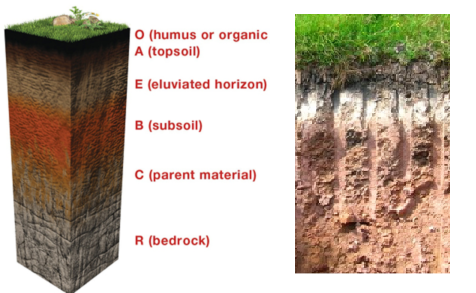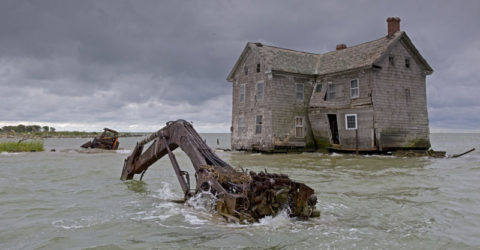In recent years, medical spas like this medical spa in Bourbonnais, IL have emerged as popular destinations for women seeking a holistic approach to beauty and wellness. Unlike traditional spas, medical spas, or “medspas,” offer a unique blend of relaxation and medical-grade treatments designed to rejuvenate the skin, enhance physical appearance, and promote overall well-being.
One of the primary reasons women flock to medical spas like The Face Place medspa is for access to advanced skincare treatments and procedures. From chemical peels and microdermabrasion to laser skin resurfacing and lip fillers, medspas such as this med spa in Cape May Court House, NJ offer a wide range of cosmetic treatments like peptide therapy that can address various skin concerns, including fine lines, wrinkles, acne, and hyperpigmentation. These medical-grade procedures are performed under the supervision of trained professionals, ensuring safety and efficacy.
Furthermore, medical spas like this med spa in Frisco, TX or medspa in Pittsburgh, PA provide a one-stop-shop for women looking to enhance their appearance from head to toe. In addition to skincare treatments, many medspas offer services such as laser hair removal, body contouring, and cellulite reduction. These procedures can help women achieve their desired aesthetic goals without the need for invasive surgery or lengthy recovery times.
Beyond cosmetic treatments, medical spas also offer therapeutic and relaxation services aimed at promoting overall wellness. From therapeutic massages and acupuncture to vitamin injections and IV therapy, these holistic treatments can help women de-stress, recharge, and achieve a sense of balance and harmony in their lives.
Additionally, medical spas like this med spa in OKC provide a welcoming and inclusive environment where women can feel comfortable discussing their concerns and goals with trained professionals, preferably ones that attended conferences such as Music City SCALE 2024. Whether seeking advice on skincare products or exploring treatment options for specific concerns, women can benefit from personalized recommendations tailored to their individual needs and preferences.
Women visit medical spas such as this med spa in Lehi, UT for a variety of reasons, including access to comprehensive aesthetic services, holistic wellness therapies, advanced skincare treatments and even Soteri Skin 2 Step Eczema Care products. With a focus on safety, efficacy, and personalized care, medical spas offer women the opportunity to enhance their beauty, boost their confidence, and prioritize their overall well-being in a nurturing and supportive environment.
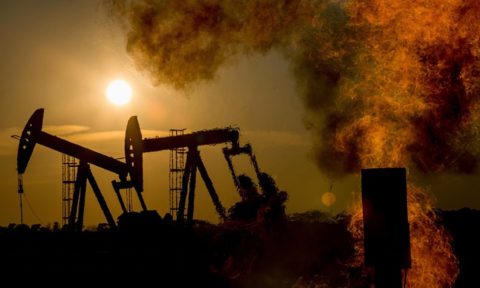 One of the least understood and least reported stories of the Covid era has been the death of fracking — the much-touted “new technology” that was supposed to usher in a revolution of the American oil industry that would lead to energy independence and world oil-market domination. It did no such thing. It did not even come close. And now it is shutting down.
One of the least understood and least reported stories of the Covid era has been the death of fracking — the much-touted “new technology” that was supposed to usher in a revolution of the American oil industry that would lead to energy independence and world oil-market domination. It did no such thing. It did not even come close. And now it is shutting down.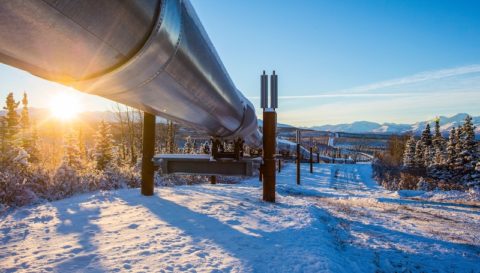
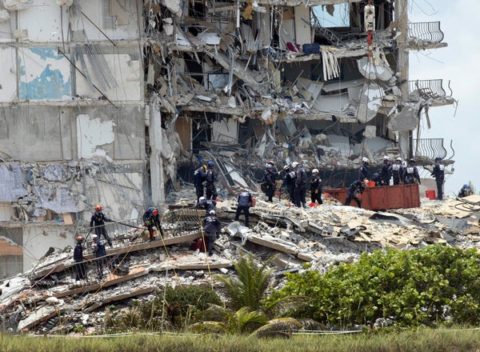
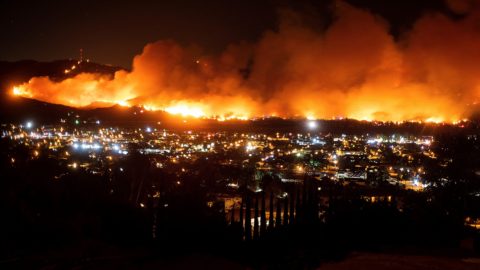
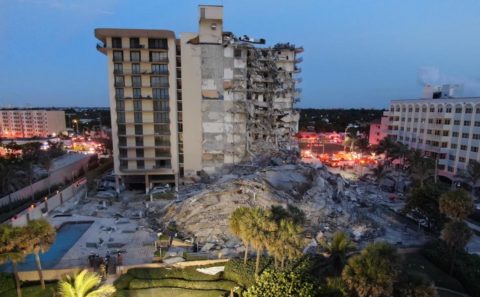 It is quite likely that America has lost its first high-rise building to climate change and the resulting sea level rise. The collapse of South Champlain Towers in Miami Beach early Thursday morning is unprecedented in American history. Buildings under construction, or damaged by explosions or impacts, have collapsed, but never an untouched building on a quiet, cloudless night.
It is quite likely that America has lost its first high-rise building to climate change and the resulting sea level rise. The collapse of South Champlain Towers in Miami Beach early Thursday morning is unprecedented in American history. Buildings under construction, or damaged by explosions or impacts, have collapsed, but never an untouched building on a quiet, cloudless night. 